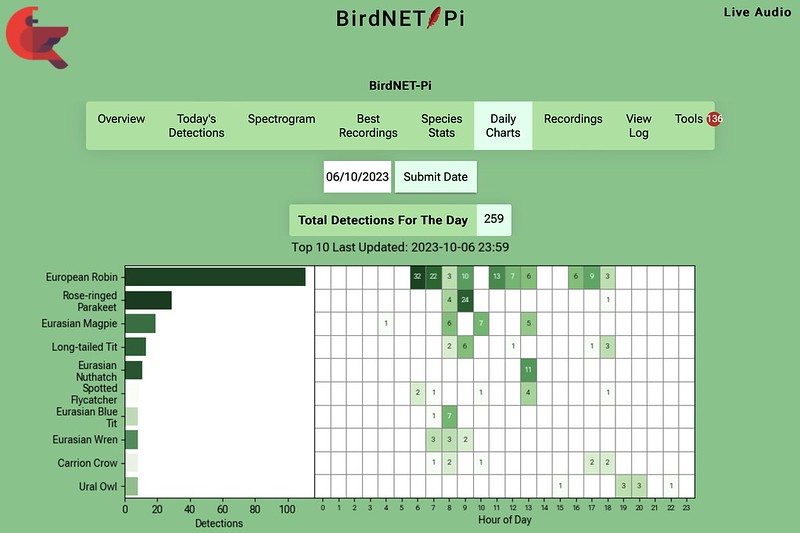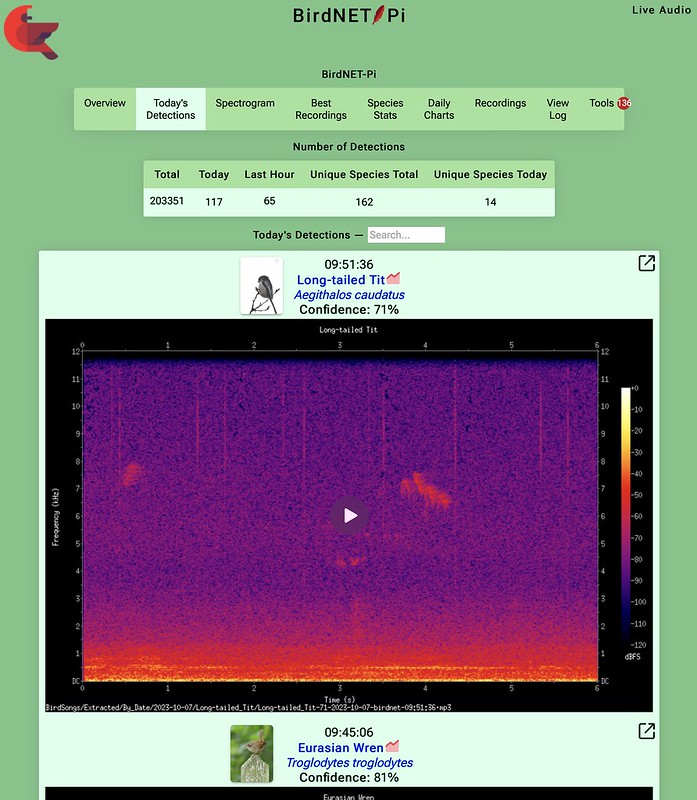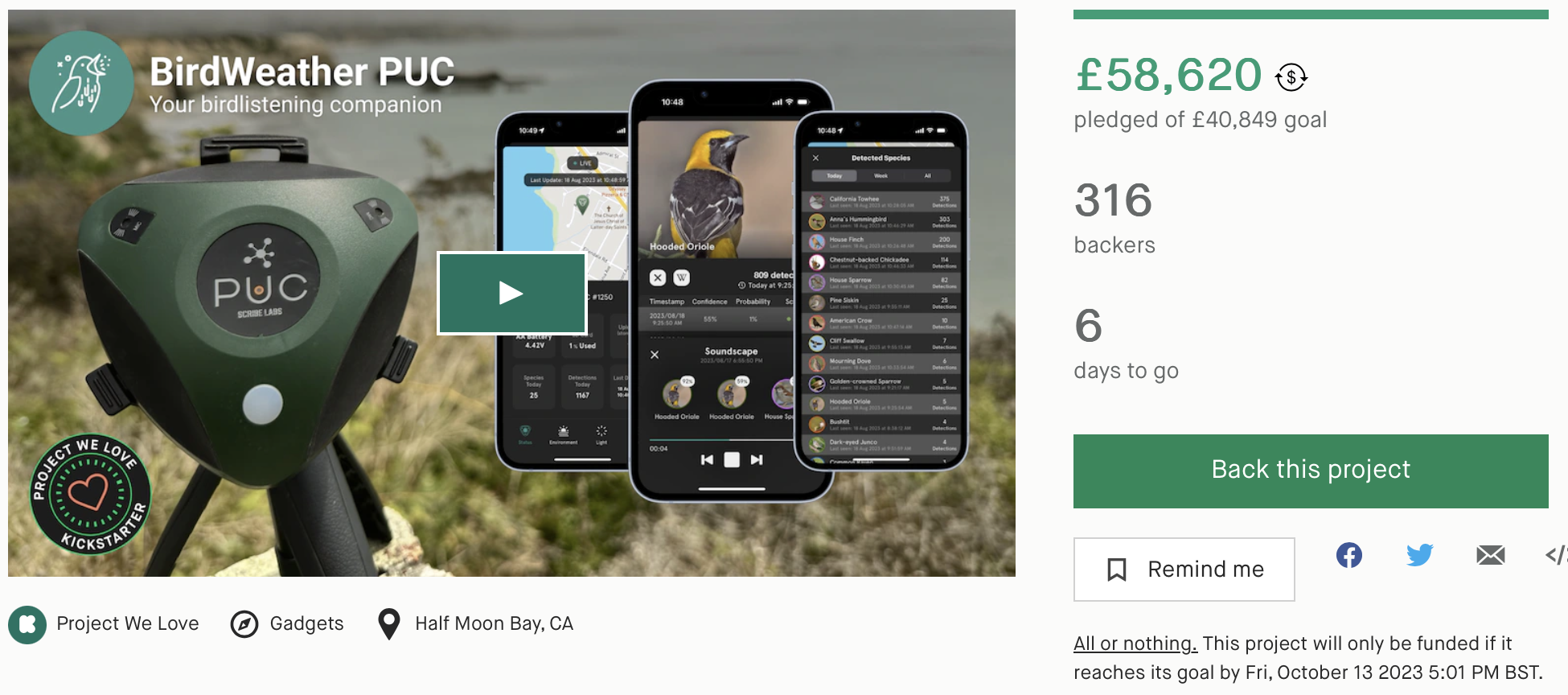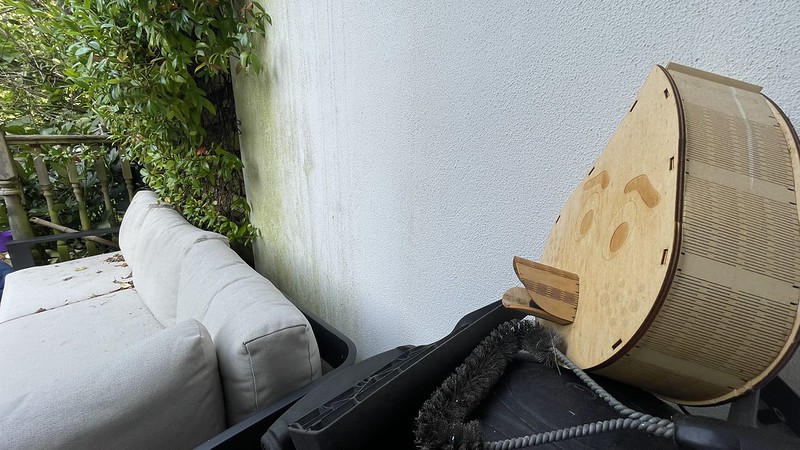In 2022 we held a Birdnet-pi workshop in the connected environments lab. In the prep for it we got a call from Tim at Birdweather suggesting we could also push data up to his website - 20 subscription keys later and we slotted it into the workshop. The event was a big success and I have been running a Birdnet-pi installation at home ever since, so I was curious when I came across the Birdweather PUC on kickstarter.
It looks like a great little device and will be a useful case study for our students. It uses the Birdnet algorithms at its core but also has the benefit of the experiences of 1000+ birdnet-pi users over the past couple of years. The kickstarter has already reached its funding goal (closing date is 6 days from now) but worth backing if you are interested in a portable or garden based monitor.
Backing this also prompted me go and look back through some of my birdnet data from the past year. Below are some screenshots showing example stats:
 Birdnet-Pi at home - sample day
Birdnet-Pi at home - sample day
 Birdnet-Pi summary stats for the year showing top 10 species visiting garden
Birdnet-Pi summary stats for the year showing top 10 species visiting garden
 Birdnet-Pi detections from today and all time plus spectrogram of last call
Birdnet-Pi detections from today and all time plus spectrogram of last call
The carousel below show calls over the year for individual species - has been interesting to see when they come and go. I hadn’t realised the Heron dropped in all through the year - I thought it was just in spring when it was fishing in our pond. I also really like the sunrise and sunset visualisation (and the notch for daylight saving).
And whilst my Birdbox gets minimal rainfall (is in a semi protected area) I am suprised how well it has lasted outside for 15 months!


 Birdnet-pi one year on
Birdnet-pi one year on